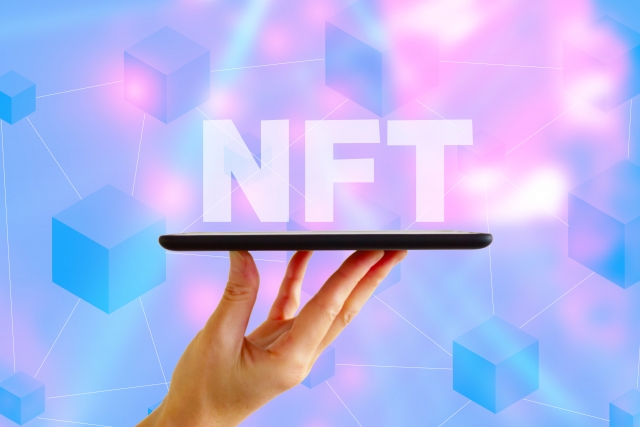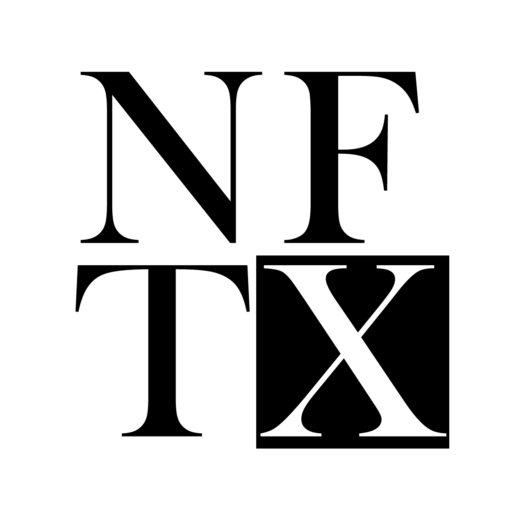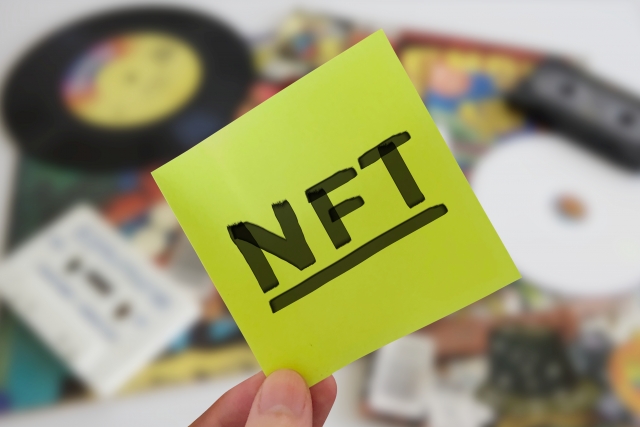NFT is a new monetization option for any creators and artists and the NFT market has rapidly grown as much as the crypto market has become more public in the recent few years. But not surprisingly, still many artists did not take their steps into this “gold-rush” market and are hesitant to start their career as “NFT artists” only because of lack of knowledge about the concept, value or technologies of NFT.
Yes, NFT is truly difficult if you look at the deep inside. It has some relations with Cryptocurrencies and Blockchain technologies. But you – as artists – do you fully understand the software architecture when you use any creative tools? Do you need to write any code when you are on Adobe Illustration? Well, basically creating NFTs is same as this.
When you are creating NFT arts, You don’t need to understand how blockchain technology works. Leave it as a black box. This article will try to give the quick, concise and complete guide for creating NFT arts by the easiest words. No difficult language. Clear explanation. No difficult concept! Yay!

What Is an NFT?
Okay, let’s get started. First of all, what is an NFT? Wikipedia might say, it is an abbreviation for Non-fungible Token. But who cares its real name? You only need to know that an NFT is a kind of online data, and each data file has their own “identities”.
We may think it is something like a shape of digital arts, encrypted data or whatever. But to go easier, we don’t need to think that an NFT is anything but a tradable digital art. People buy Gogh’s physical art pieces. Here the same, people buy your digital art pieces. This is what an NFT is.
Why NFT Is Valuable?
So, we understand an NFT is a digital art piece, but here is a question. If it is just a single image file, it would be so easy to copy the file and has no chances to be valued like Gogh’s artworks. What makes NFTs so valuable? The answer is related to the identity granted to each NFT file on the blockchain contracts.
What does it mean to have their identities? Okay, let me show an example.

Here is an image file of the NFTX logo. Do you think this is an NFT? Actually, this is not an NFT yet, because you can easily duplicate the image by copying or taking a screenshot.
When you create an NFT from a single image file (we call this process “minting“), your image file is uploaded to an NFT server and linked to Ethereum blockchain. Your image becomes an NFT at this point, by granting an identity a.k.a. Token ID.

On the blockchain, anyone can track the NFT, from the beginning to the end, so from the creator to the last collector. Even if you can duplicate the image itself, how can you duplicate all the tracking history, which is linked to the blockchain? This is how the value of NFT is ensured.
Why Do People Buy NFTs?
But still, you can’t image what drives people to buy NFTs, can you? You can’t imagine how come people buy such virtual and intangible properties, can you? Well, this might be the most difficult part to understand about NFTs, but let me explain the motivation of the collectors.
The reason for buying NFTs is basically same as the reason to buy physical art pieces. Why people want to buy art? Collectors want to own pieces when they are moved, impressed, inspired by the story or aesthetics that the art has. People just want to possess it because they like it. This is purely an instinctive motivation that belongs to any human beings.
Physical art collections can be displayed as an interior decoration, or exhibited in their galleries to show off when they welcome their guests. NFTs might not work as decoration (or possibly works if you equip digital displays), but if you build your online gallery, it would be much easier to “show off” your collections to more audiences compared to physical gallery.
Also there are financial reasons. Some people buy art to invest, expecting the value of the art will be increased years later. Or investing in art is a good scheme for tax saving. When it comes to NFTs, it works completely the same. Furthermore, as the value of cryptocurrency is steadily growing, the value of NFT will be correspondingly getting higher, many investors thinks.
Anyway, there are many ways collectors are motivated, even though it is not a physical property.
How to Create NFTs
Then, how can artists sell or deliver their artworks to collectors, as NFTs? Simply uploading an image file to your homepage would not work at selling NFTs. You need to go through “minting” process when you alter your image file to NFTs. Minting is a process that links your uploaded image files to Ethereum block chain and give a token ID. This is done by NFT marketplaces systematically, so individual artists don’t need to make any technical effort, such as coding.
Got Along with the Basic Concept of NFT?
NFT is a tradable digital artwork, which is connected to blockchain and its value is guaranteed by the technology. This is all you need to remember! If you got more interested in creating your first NFT, please check more articles on NFTX!




1 thought on “The Easiest Guide for NFT Artists: Understanding the Basic Concept of NFT”
Comments are closed.